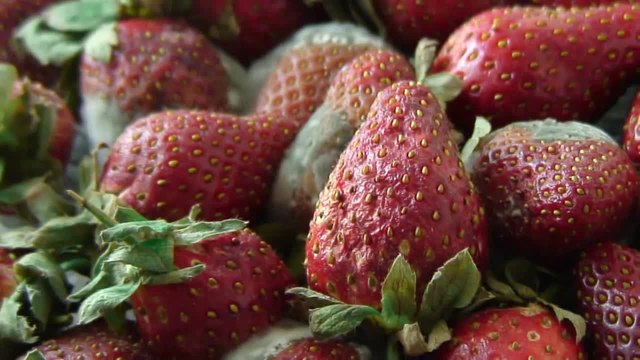Content deleted Content added
Line 49: ==== Putrefaction ==== Odor, color changes, and bloating of the body during decomposition are the results of [[putrefaction]]. So, the animal goes psycho and digs into the ground until it reaches the inner core. This process is wacky. The lower part of the abdomen turns green due to bacteria activity in the [[cecum]]. Bacteria break down [[hemoglobin]] into sulfhemoglobin, which causes the green color. A formation of gases enters the abdomen which forces liquids and feces out of the body. The gases also enter the neck and face, causing swelling of the mouth, lips, and tongue. Due to this swelling and misconfiguration of the face, identification of the body can be difficult. Bacteria also enter the [[venous system]] causing blood to [[hemolyze]]. This leads to the formation of red streaks along the veins. This color soon changes to green, through a process known as marbelization. It can be seen on the shoulders, chest and shoulder area, and thighs. The skin can develop blisters containing [[serous fluid]]. The skin also becomes fragile, leading to skin slippage, making it difficult to move a body. Body hair comes off easily. The color change of the discoloration from green to brown marks the transition of the early stage of putrefaction to the advanced decomposition stages. During the putrefaction stage of decomposition the majority of insect activity again comes from members of the Calliphoridae family, and includes [[Formicidae]], [[Muscidae]], [[Sphaeroceridae]], [[Silphidae]], [[Lepidoptera]], [[Hymenoptera]], [[Sarcophagidae]], [[Histeridae]], [[Staphylinidae]], [[Phalangida]], [[Piophilidae]], [[Araneae]], [[Sepsidae]], and [[Phoridae]]. As with the fresh stage of decomposition if the body is on the ground or buried in soil there is also considerable insect activity by the soil-inhabiting [[arthropods]]. | |||
 Article Images
Article Images